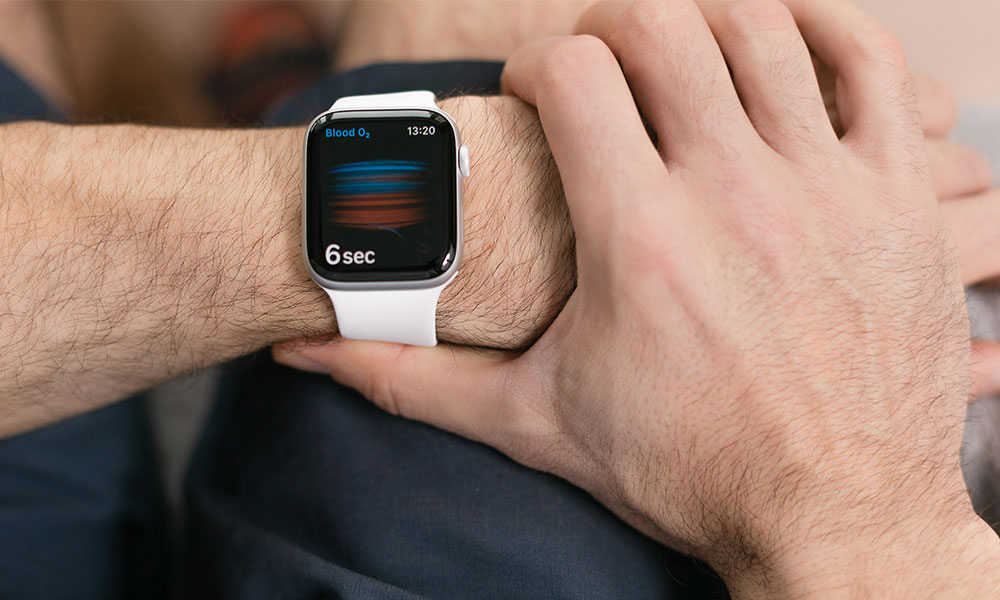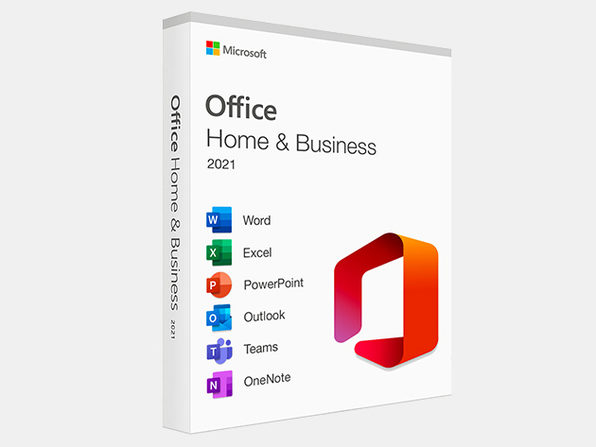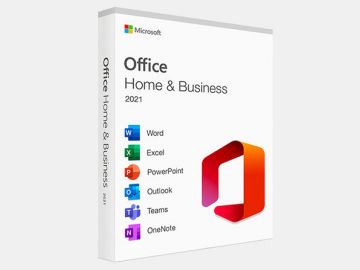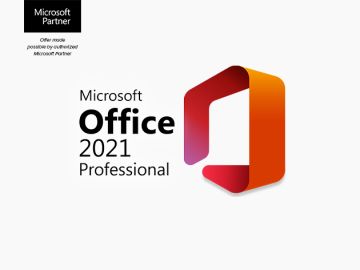Apple Watch Saga: US Customs Moves to Block Masimo’s Latest Legal Salvo
 Katya Rekina / Shutterstock
Katya Rekina / Shutterstock
Toggle Dark Mode
Following an 18-month US ban on the sale of Apple Watch models with blood oxygen sensing, Apple triumphantly restored the feature last month in a software update using an alternative method that US Customs and Border Protection determined no longer infringed on any of the patents that resulted in the original ban.
No sooner was this feature unveiled in iOS 18.6.1 and watchOS 11.6.1 than Masimo, the health tech company that initially brought the patent suit against Apple, challenged CBP’s decision.
Masimo filed a lawsuit on August 20, complaining that CBP exceeded its authority in overturning its prior decision and allowing the blood oxygen feature to be re-enabled. It also claimed that the timing of the ruling was suspicious, as it came only days before Tim Cook visited the Oval Office to pledge another $100 billion in US investments. In the filing, it asked the court to issue a temporary restraining order and preliminary injunction to restore a January CBP decision that allowed imports only if the blood oxygen feature was fully disabled.
On Friday, Bloomberg Law reported that CBP has asked a federal judge to dismiss the lawsuit, not on its merits, but rather based on the idea that it’s barking up the wrong tree by attacking CBP rather than making its case through the proper channels.
Massimo can raise “all the same admissibility arguments” before the US International Trade Commission and, if necessary, the US Court of Appeals for the Federal Circuit, CBP said in a reply brief filed Thursday […] but Massimo can’t use the Administrative Procedure Act to get around that process in a district court.
Christopher Yasiejko, Bloomberg Law
The technical legal term for this is “lack of subject-matter jurisdiction,” which means that the federal district court has no authority to hear this challenge, as it’s not going through the review process set up by Congress. CBP’s position is that its role is to enforce the ITC’s exclusion order at the border, and any new claims of infringement or challenges to its enforcement decisions must go through the established process, which starts with the ITC.
To be clear, this is a technicality, and Masimo will likely just take its case back to the ITC, which issued the exclusion order banning the infringing Apple Watch models from sale in the first place. However, that will undoubtedly be a much longer and more drawn-out process, which is why it’s not surprising that the company is trying to take a shortcut to get Apple’s redesigned implementation banned via an emergency injunction.
Apple’s new blood oxygen sensing feature, which only applies to Apple Watch models sold in the United States after January 2024, handles all processing and display of blood oxygen measurements on a paired iPhone instead of directly on the Apple Watch. The crux of CBP’s reasoning in allowing the feature stems from the specific language of Masimo’s patents, which describe a single “user-worn device” that both collects and processes the data to display a blood oxygen measurement.
Since CBP is merely responsible for enforcing import bands, it focused on the most literal interpretation of the patent’s language, which describes a self-contained system that handles all aspects of measuring, monitoring, and reporting blood oxygen levels. By offloading the computational and display functions to a separate device, Apple argued that Masimo’s patent claims don’t cover the new blood oxygen monitoring feature, as the “user-worn device” does not independently “calculate” and “display” the blood oxygen measurement.
It’s up to the courts and the US International Trade Commission to determine if this patent should be interpreted differently. Depending on how well Masimo can make its case, the ITC may determine that Apple’s new technique violates the spirit of Masimo’s patents, even if it doesn’t violate the letter, but until that works its way through the system, US Apple Watch models will likely continue to support this redesigned method for providing blood oxygen monitoring.







